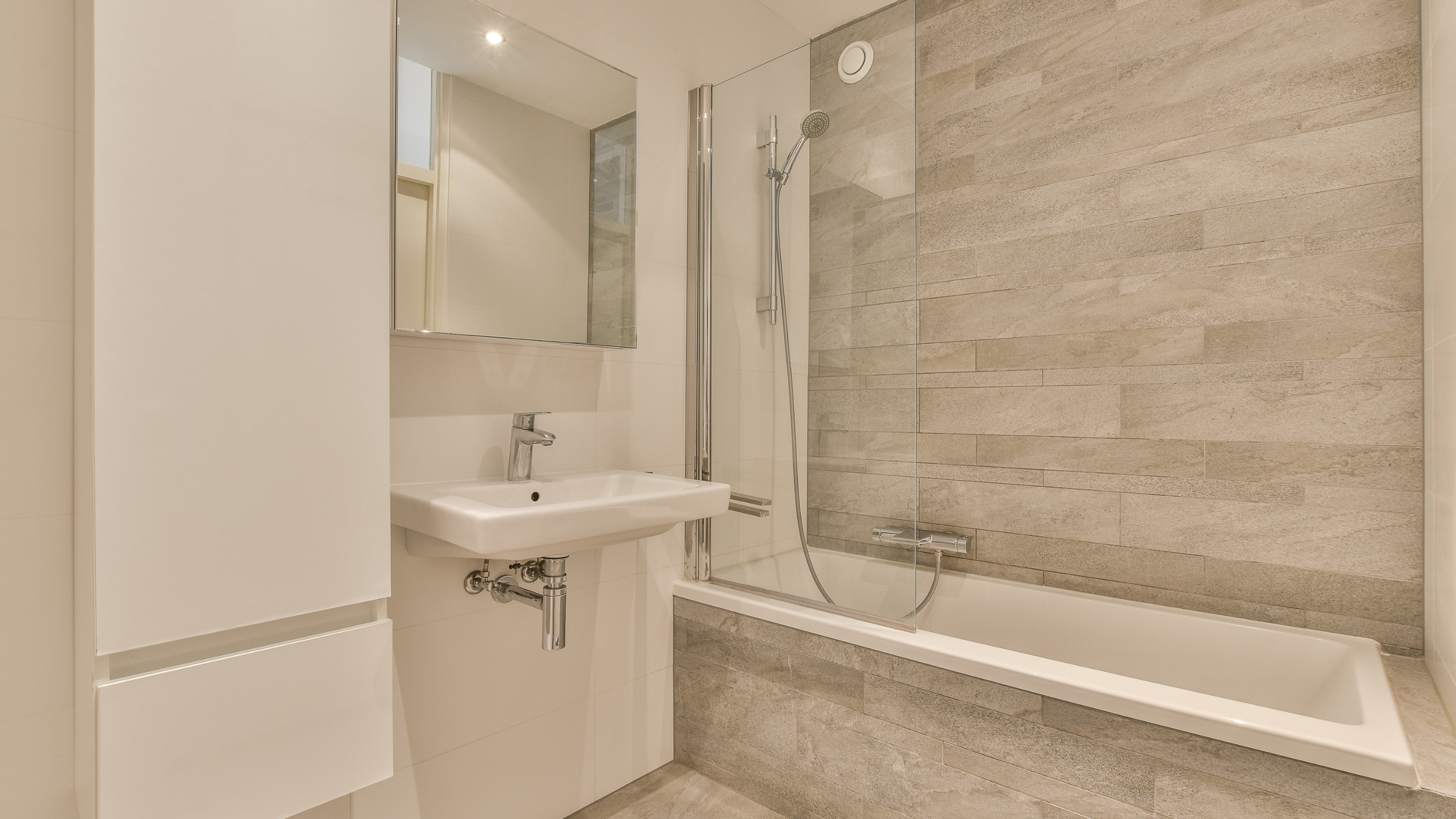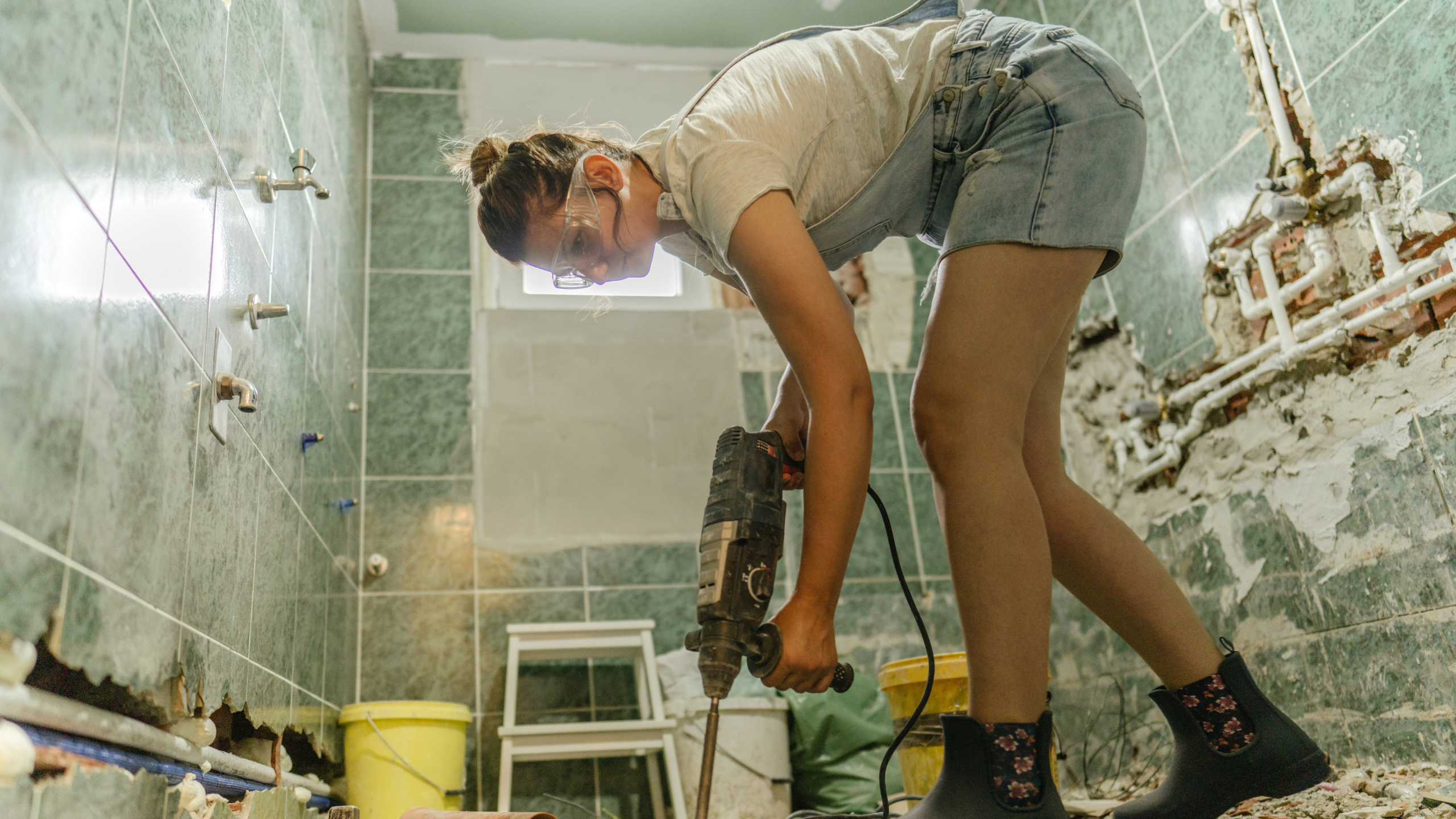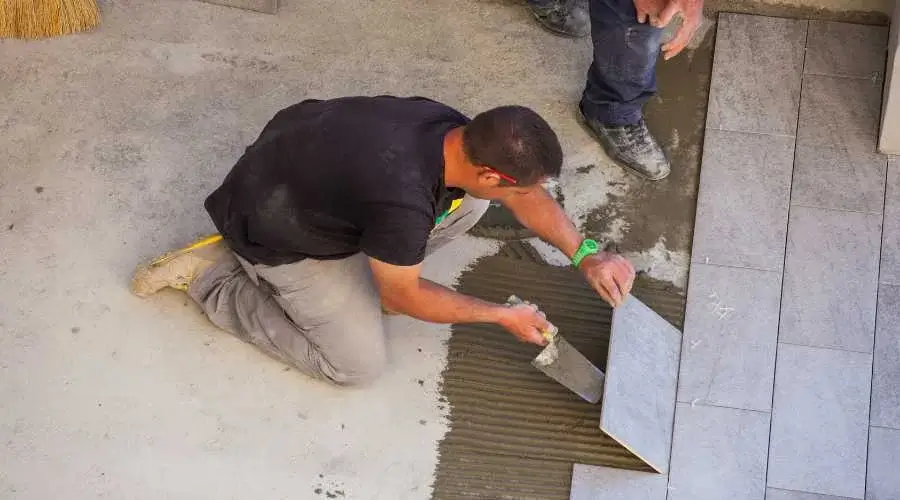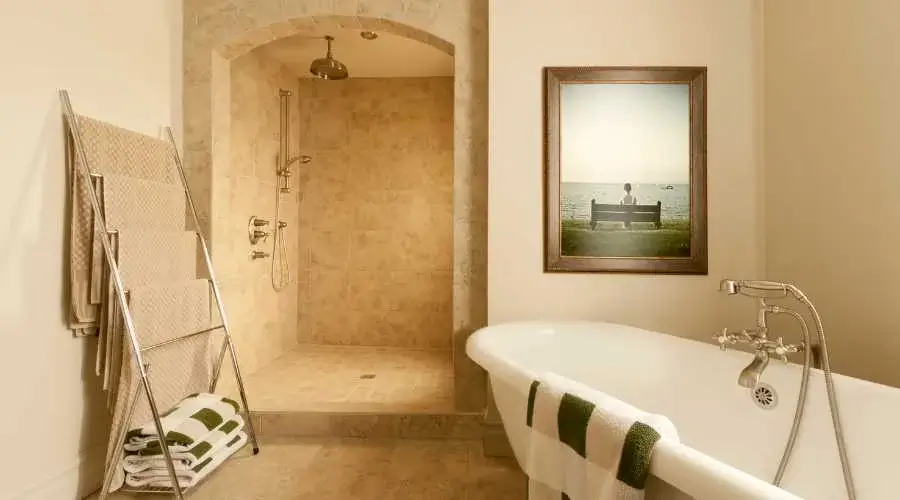A comprehensive bathroom renovation encompasses a myriad of tasks, among which reglazing and refinishing stand out as crucial procedures. Despite their apparent similarity, these processes are distinct in their methodologies and end results. Reglazing and refinishing share the common goal of enhancing the aesthetic appeal of your bathtub. However, understanding the nuances between them is pivotal for achieving your renovation aspirations. By delving into the specifics of each method, you can make informed decisions that align with your desired outcomes, ensuring that your bathroom transformation is not only visually stunning but also functionally optimized. Give your bathtub the makeover it deserves with Wilmington Bathtub Refinishing’s professional refinishing services.
Understanding the Difference Between Reglazing and Refinishing
Comprehending the nuances between reglazing and refinishing serves as a cornerstone for successful bathroom renovations. Reglazing, sometimes referred to as resurfacing, entails the meticulous application of a fresh layer of glaze onto the bathtub’s surface. This meticulous process demands thorough preparation to guarantee optimal adhesion of the new glaze, ultimately yielding a lustrous finish that breathes new life into the bathroom.
In contrast, refinishing encompasses the repair of any surface imperfections, such as chips or cracks, prior to the application of a final coat. This comprehensive approach ensures that the bathtub not only boasts an aesthetically pleasing appearance but also functions seamlessly, contributing to the overall functionality and appeal of the renovated space.
Effective Cleaning Techniques for Bathtub Surfaces
1. Baking Soda and Vinegar: When you mix baking soda and vinegar, they make a strong natural cleaner. Baking soda cleans away dirt gently, while vinegar’s acid breaks down tough stains and soap scum. This mix gets rid of dirt without harsh chemicals, so it’s safe to use often and better for the environment.
2. Commercial Cleaners: These cleaners are made especially for cleaning bathtubs and are great at removing tough dirt and mineral deposits. They have strong ingredients that easily dissolve dirt, making cleaning quick and easy, especially for busy households or deep cleans.
3. Lemon Juice: Lemon juice’s natural acidity removes grease and soap buildup from bathtubs effectively. It cleans well and leaves a fresh citrus smell, making bath time more enjoyable while getting rid of grime.
4. Steam Cleaning: Steam cleaners use high-pressure steam to clean deep into cracks and pores, removing dirt without chemicals. It’s perfect for reaching tight spots and corners, thoroughly cleaning your bathtub without leaving behind chemical residue.
5. Magic Erasers: These special cleaning pads, made from melamine foam, work wonders on tough stains and marks. They easily lift dirt and grime, perfect for quick clean-ups and spot cleaning with little effort.
6. Hydrogen Peroxide: Hydrogen peroxide disinfects and whitens, making it great for cleaning bathtubs. It bubbles up to lift dirt and stains while brightening the surface, leaving it fresh and clean.
7. Microfiber Cloths: Soft and effective microfiber cloths are perfect for wiping down bathtub surfaces after cleaning. They trap dirt and residue well, leaving your bathtub streak-free without scratching it.
8. Dish Soap: Gentle yet effective, dish soap breaks down grease and grime on bathtubs without harming the finish. It’s safe for regular use and great for everyday cleaning tasks.
9. DIY Cleaning Solutions: Making your cleaners using ingredients like dish soap and vinegar is a budget-friendly and eco-friendly option. You can customize these cleaners to your needs, and they’re gentler on the environment compared to commercial options.
10. Regular Maintenance: Cleaning your bathtub regularly prevents dirt and grime from building up. By sticking to a cleaning schedule, you keep your bathtub clean, hygienic, and inviting for every use, ensuring it lasts longer and looks great.
Preparation: The Key to Successful Reglazing
Preparing the bathtub before reglazing is crucial. This involves removing all the soap scum, dirt, and anything else on the surface. It’s like giving the bathtub a thorough cleaning before applying the new glaze. Doing this properly is important because it helps the new glaze stick well. If you skip this step, the glaze might not stick properly, and it could start coming off too soon. Making sure the bathtub is really clean before reglazing ensures it looks great and stays in good shape for a long time.
In Conclusion
Understanding the differences between reglazing and refinishing and using good cleaning methods are key for a successful bathroom makeover. Proper preparation is crucial to ensure everything goes smoothly and you get great results. By carefully getting rid of dirt and buildup, you create a perfect foundation for a beautiful bathtub that lasts. This careful process not only improves how your bathtub looks but also protects it from damage, making sure your investment in a fresh, stylish bathroom stands the test of time.




